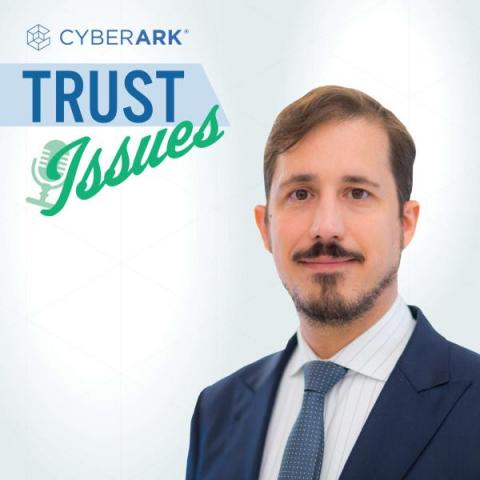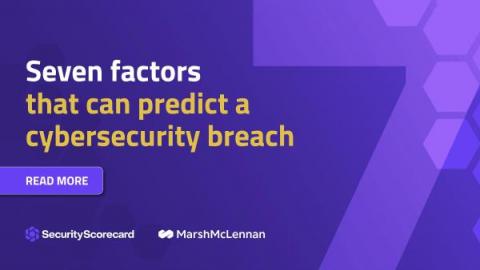Security | Threat Detection | Cyberattacks | DevSecOps | Compliance
Latest News
Prepare for Zero-Day Threats in Your Supply Chain
Leading cybersecurity experts Major General John F. Wharton, (US Army ret); Oleg Strizhak, Shell’s Digital Supply Chain Risk Manager; and Sam Curry, the CISO of Zscaler, recently sat down with SecurityScorecard’s President of International Operations Matthew McKenna to discuss how organizations can prepare themselves and their supply chains for zero-day attacks as well as best practices for supply chain risk management.
Secure the Lifeblood of the American Economy
Small and medium-sized businesses account for 4.17 percent of private sector employees and almost half of the United States’ gross domestic product , yet—due to limited finances, resources, and staff—many have difficulties when it comes to supply chain management. Geopolitics, inflation, and worker shortages are just a few variables that can impact supply chains; 86% of SMB supply chains have already been or expect to be impacted by Russia’s war in Ukraine.
What Is Continuous Control Monitoring (CCM)?
EP 25 - Cisco CX Cloud CISO on the Language of Risk
We all accept a certain degree of risk in our lives. So, to varying degrees, we’re all operating – to use cybersecurity parlance – with an assume breach mindset. Meaning, we accept that attacks are inevitable and, as such, we focus time and effort on protecting the assets that matter most. In short, we buckle up for safety.
Benefits of Vendor Risk Management Software
What is Mobile Application Protection and How To Enforce It
With the rise of remote work and shadow IT, more devices and apps (both sanctioned and unsanctioned) are connecting to your organization’s network. Today, there are approximately five million mobile apps currently in circulation: approximately three million for Android and two million for iOS. That’s great for productivity, but less than ideal when it comes to security.
7 Factors that Drive Cyber Risk: New Research from Marsh McLennan and SecurityScorecard
The expanding attack surface of an increasingly interconnected digital world comes with a high degree of risk due to ransomware, phishing attempts, supply chain attacks, data breaches, and other cyber incidents. And while many organizations recognize the need for cyber insurance, a recent Forrester Research report found that only 55% of organizations in North America have purchased cyber insurance. 1
What Is Cybersecurity Compliance? An Industry Guide
If you operate in specific sectors, cybersecurity maturity is more than a best practice, it’s a regulatory requirement. These regulations are complex and constantly changing. To help you better understand your organization's regulatory environment and the standards and controls they stipulate, let's break down key cyber compliance regulations by industry.








